Our model is inspired by the projects of Charles Percier and François-Léonard Fontaine, famous architects of the Emperor. Their reference work entitled Recueil de décorations intérieures, published at the end of the 18th century, laid the foundations of the style that dominated European decorative arts in the first half of the 19th century. Figures of winged Victories, Athenian woman with caduceus and griffins are all elements that reveal the assimilation of their decorative projects by the bronze workers of the time. To date, several pairs of candelabra of the same model are known, with some variations, notably in the number of light arms: a pair with three branches, having belonged to Pauline Borghese, is kept at the British Embassy in Paris. It was purchased in 1815 with Pauline's furniture by the Duke of Wellington; a second pair, kept at the Homburg Castle (Hesse), is reproduced in the book by Léon de Groeber, Decorative Arts in Europe, 1790-1850, on page 171. Three other pairs kept at the Aranjuez Palace, at the Nymphenburg Palace, near Munich and at the Quirinal Palace are listed. Although the bronze-caster who held the model has not yet been identified, we can compare these candelabras to the work of Pierre-Philippe Thomire (1751-1843) and Claude Galle (1759-1815), both exceptional bronze-casters who supplied orders from the Garde-Meuble and high-ranking dignitaries of the imperial power.
LEARN MORE




























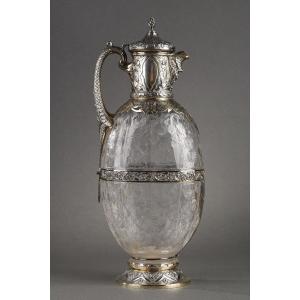
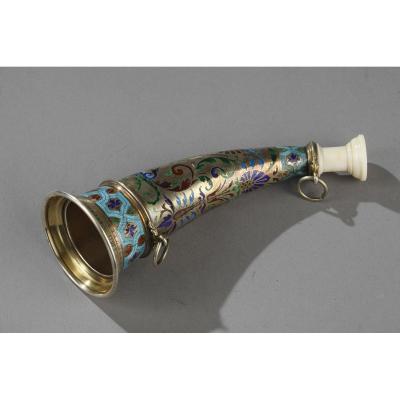


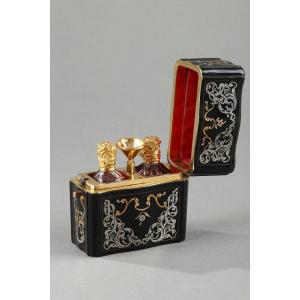
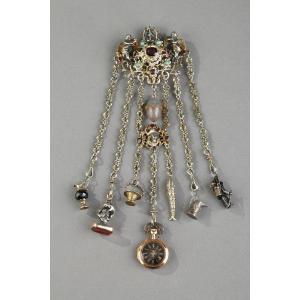
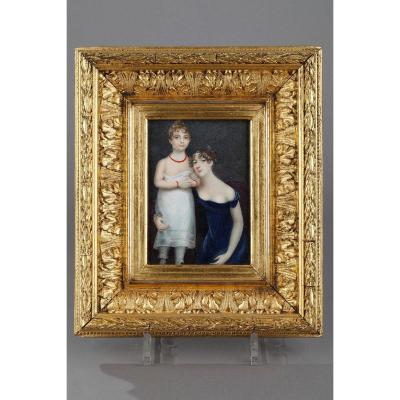
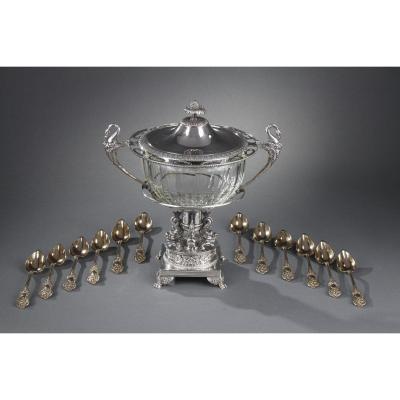


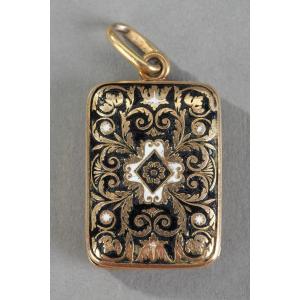

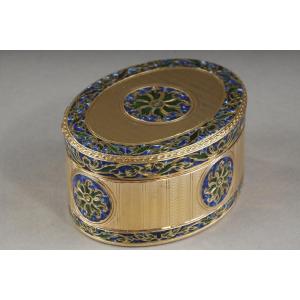
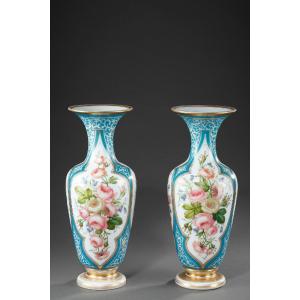
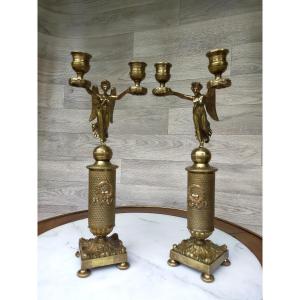



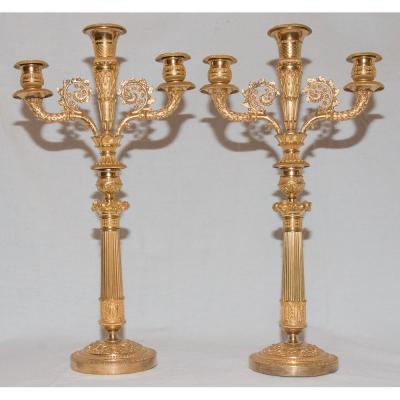



 Le Magazine de PROANTIC
Le Magazine de PROANTIC TRÉSORS Magazine
TRÉSORS Magazine Rivista Artiquariato
Rivista Artiquariato